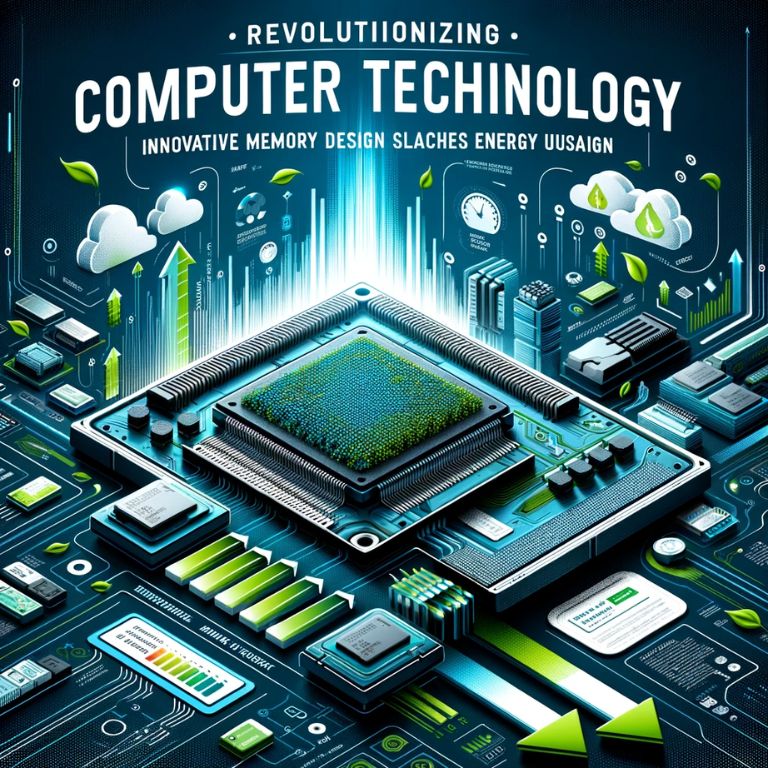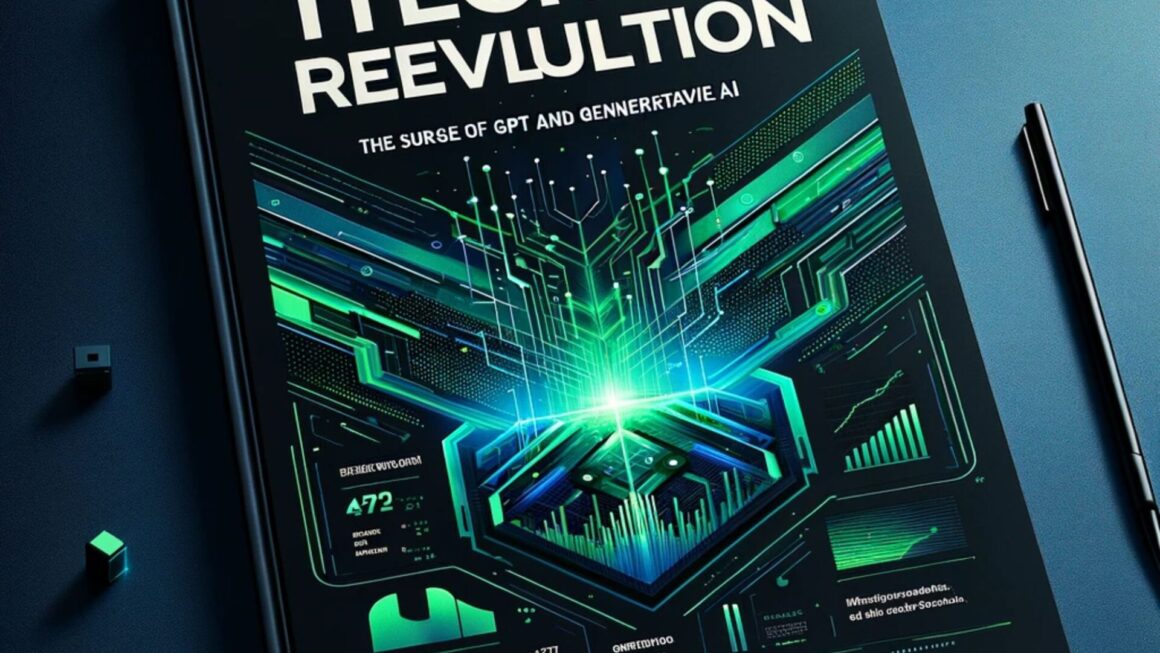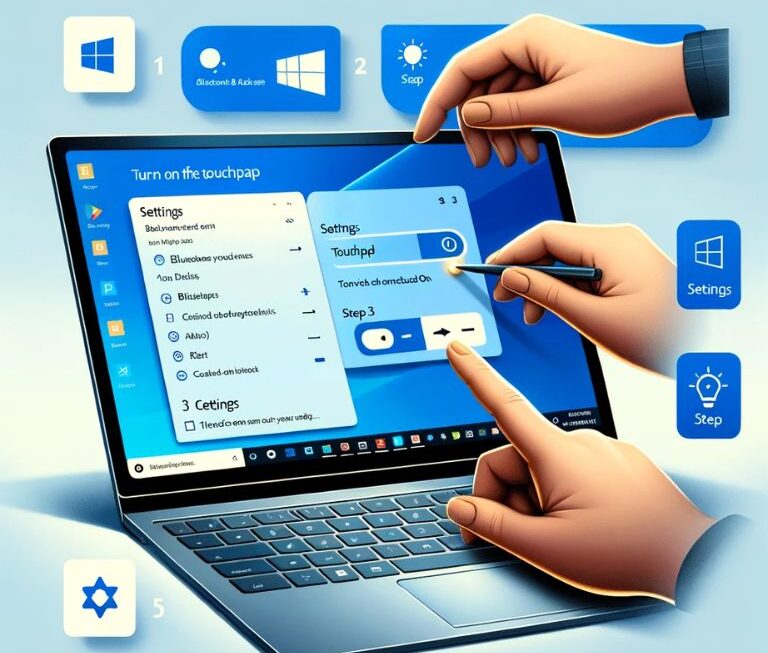The rapid escalation of data-driven applications in today’s world has brought to the fore a pressing challenge in computer technology: the need for energy-efficient memory systems. Traditional memory architectures, while effective in their roles, are increasingly falling short in managing the high demands for speed and capacity, compounded by significant energy consumption concerns. As the computing landscape evolves, with AI and internet usage predicted to account for a substantial portion of global electricity usage, the imperative for innovative memory designs that offer enhanced performance and reduced energy usage has never been more critical. This introductory section paves the way for an in-depth exploration of cutting-edge developments in memory technology, including resistive switching memory, neuromorphic computing, and Processing-In-Memory (PIM) systems, each promising a leap forward in tackling the intertwined challenges of efficiency and performance in the computing domain.
Emerging Technologies in Memory Design
The evolution of computer memory is pivoting towards more energy-efficient and faster technologies, overcoming the limitations of traditional systems.
Resistive Switching Memory
A major advancement is resistive switching memory, which differs from conventional binary memory. It allows for a continuous range of states, significantly enhancing density and speed. This technology uses materials like hafnium oxide combined with barium, creating a structure that supports multiple resistance states, thus enabling greater storage capacity and faster processing while consuming less energy.
Advantages of Hafnium Oxide Composites
These composites are crucial in resistive switching memory. By adding barium to hafnium oxide, researchers have developed a material that forms structured ‘bridges’, allowing controlled electron flow and multiple memory states. Unlike other materials requiring high-temperature processing, these composites are more energy-efficient, self-assembling at lower temperatures. This advancement is not only more efficient but also promises uniform performance and is suitable for next-generation memory applications.
Application in AI and Machine Learning
The potential of resistive switching memory extends to AI and machine learning. Its capability to store and process information similarly to a brain’s synapse makes it ideal for these fields, leading to more efficient computing paradigms. Ongoing collaborations aim to integrate this technology into existing manufacturing processes, leveraging its compatibility with materials already used in the semiconductor industry.
Neuromorphic Computing: Merging Memory and Processing
Neuromorphic computing is a revolutionary approach in memory design, aiming to replicate the human brain’s processing capabilities. This technology integrates memory and processing functions, leading to substantial improvements in energy efficiency and computational speed.
Core Concept
In neuromorphic computing, memory devices are designed to work like brain synapses, capable of storing and processing information simultaneously. This contrasts with traditional computing, where memory and processing are separate. The use of materials like hafnium oxide facilitates this integration, allowing for adjustable electrical resistance within the memory devices, enhancing both memory capacity and processing speed.
Energy Efficiency and Application
These chips, exemplified by the NeuRRAM chip, are highly energy-efficient, especially suitable for AI tasks and battery-powered devices like smartwatches and VR headsets. Their ability to process data in-memory means they can also help enhance data privacy, reducing reliance on cloud-based procesing.
Processing-In-Memory (PIM) Systems: Revolutionizing Computing Efficiency
Processing-In-Memory (PIM) systems mark a significant evolution in computing, aiming to meet the needs for more efficient data processing. These systems integrate processing functions within memory chips, enhancing performance and reducing energy usage.
Key Features of PIM
PIM technology eliminates the need to transfer data between separate memory and processing units, addressing the inefficiencies in traditional computing architectures. This integration leads to reduced energy consumption and increased processing speed, especially beneficial for large-scale data applications.
Breakthroughs and Applications
Notable advancements in PIM include the development of DRAM Processing Units (DPUs) that process data directly within the memory. This approach significantly speeds up computing tasks and is more energy-efficient, making it ideal for data-heavy applications like genome analysis and weather prediction.
Future Outlook for Memory Design in Computing
The advancements in memory design, including resistive switching memory, neuromorphic computing, and Processing-In-Memory (PIM) systems, are set to significantly influence the future of computing. These technologies offer enhanced performance and energy efficiency, aligning with the growing demand for more powerful and sustainable computing solutions. As these innovative memory designs become more integrated into mainstream technology, they are expected to drive progress in AI and machine learning, offering more sophisticated and efficient computational capabilities.
However, this future also presents challenges, particularly in ensuring compatibility with existing technologies and scalability. Overcoming these hurdles is crucial for the widespread adoption of these advanced memory systems. As the computing industry evolves, the focus will be on leveraging these innovations to achieve not just higher performance but also sustainability, reducing the environmental impact of increasing energy demands in computing. This approach will pave the way for a new era of computing that is both powerful and responsible.
Conclusion
The landscape of computer memory is undergoing a remarkable transformation, driven by the emergence of innovative technologies like resistive switching memory, neuromorphic computing, and Processing-In-Memory (PIM) systems. These advancements herald a new era in computing, offering unprecedented levels of performance and energy efficiency. As we embrace these changes, the focus shifts towards integrating these technologies into mainstream applications, particularly in AI and machine learning, while addressing scalability and compatibility challenges. The future of computing, therefore, lies in not only harnessing the power of these innovations but also in ensuring they contribute to sustainable and responsible technology development. This evolution in memory design is not just a leap in technological capability but also a step towards a more efficient and environmentally conscious computing paradigm.




